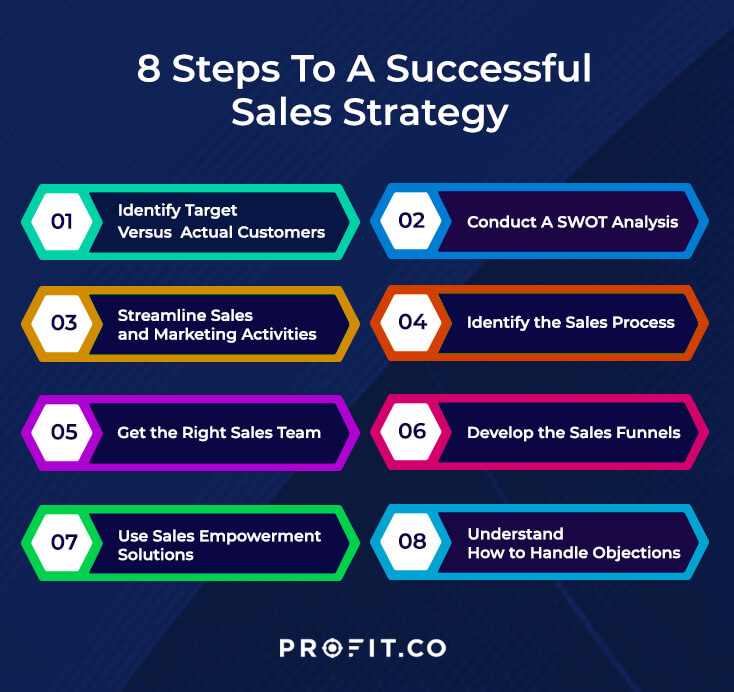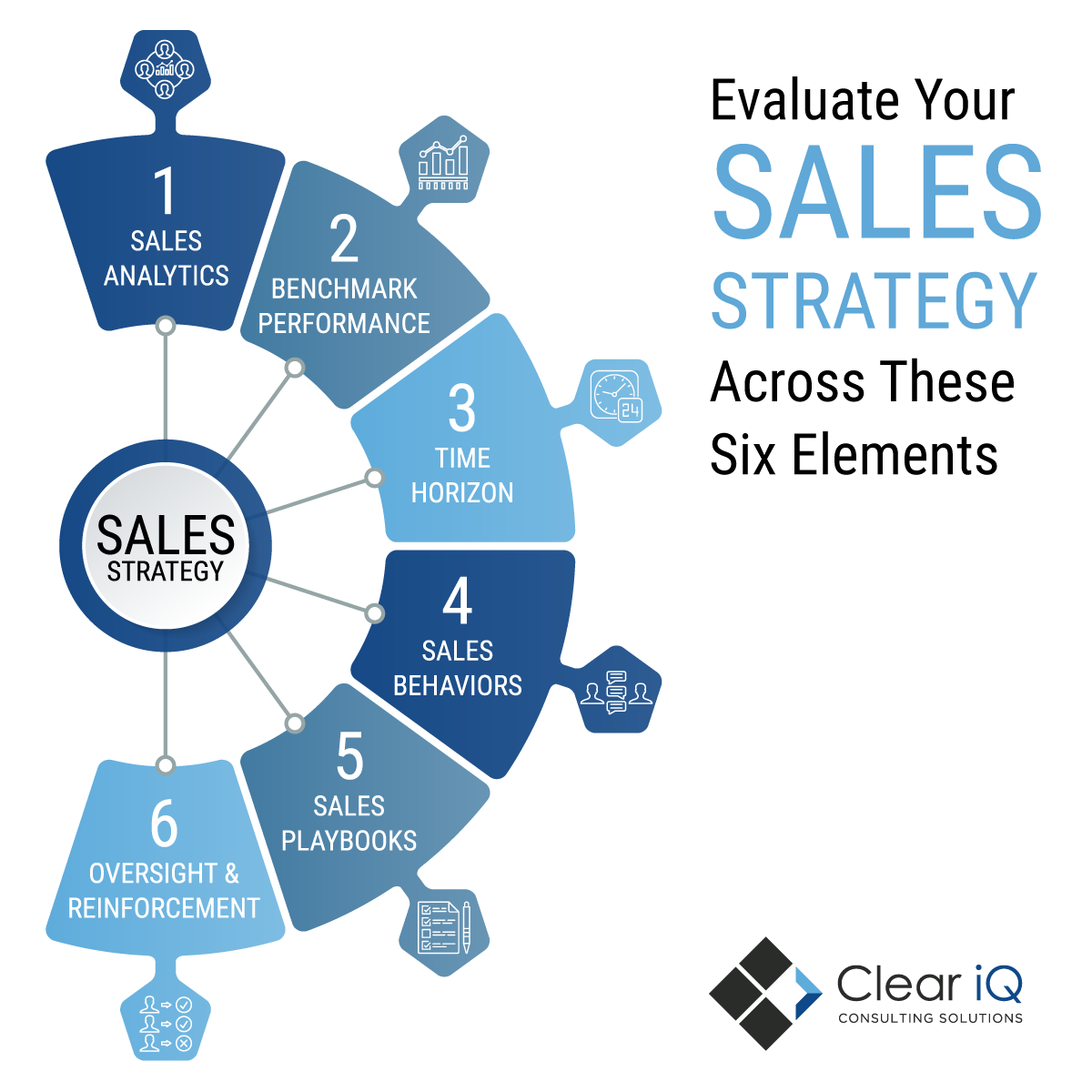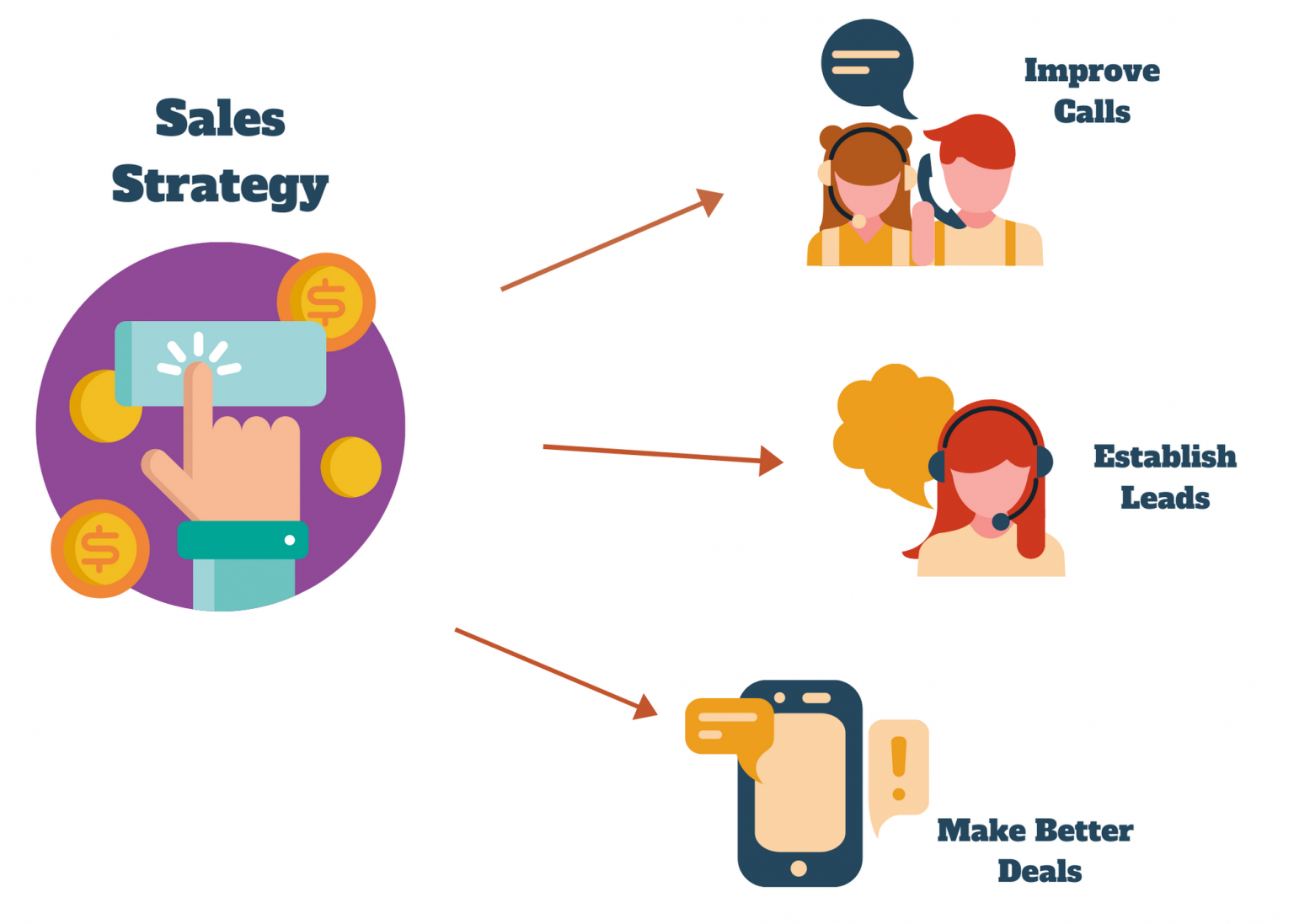Effective sales strategies are the bedrock of any successful business. They’re not just about pushing products; they’re about building relationships, understanding customer needs, and consistently delivering value. In today’s competitive landscape, simply having a great product isn’t enough; you need a well-defined approach to convert leads into loyal customers. This article will delve into proven tactics across various stages of the sales process, equipping you with the knowledge to implement impactful strategies and significantly boost your revenue. Sales strategies are constantly evolving, requiring adaptability and a focus on customer-centricity. Let’s explore how to build a system that works.

Understanding the Foundation: Why Sales Strategies Matter

Before diving into specific tactics, it’s crucial to understand why sales strategies are so vital. Poorly executed sales processes lead to lost opportunities, frustrated customers, and ultimately, reduced profitability. A robust sales strategy provides a framework for consistent growth, ensuring that every interaction with a potential customer is valuable and contributes to the bottom line. It’s about more than just closing deals; it’s about building trust and establishing long-term partnerships. Consider the difference between a transactional sales approach and a consultative sales approach – the latter is far more likely to yield sustainable results. Investing in a solid sales strategy is an investment in your future.

Identifying Your Ideal Customer Profile
The first step towards effective sales strategies is a thorough understanding of your ideal customer. Don’t try to appeal to everyone; focus on the people most likely to benefit from your product or service. This requires detailed market research – analyzing demographics, psychographics, pain points, and buying behaviors. Creating detailed buyer personas – fictional representations of your ideal customers – allows you to tailor your messaging and approach to resonate with their specific needs. Tools like CRM data and social media analytics can be invaluable in this process. Knowing who you’re selling to is paramount to crafting a successful sales strategy. Furthermore, understanding their decision-making process – the factors that influence their purchasing choices – is critical. Ignoring this foundational element will inevitably lead to wasted effort.

The Importance of Lead Generation
Generating qualified leads is the engine that drives your sales efforts. A well-defined lead generation strategy ensures you’re attracting the right prospects, not just anyone. This can involve a variety of tactics, including:

- Content Marketing: Creating valuable, informative content (blog posts, ebooks, webinars) that addresses your target audience’s pain points and establishes you as an authority.
- Social Media Marketing: Utilizing platforms like LinkedIn, Facebook, and Instagram to engage with potential customers and build brand awareness.
- Paid Advertising: Running targeted ads on platforms like Google Ads and social media to reach a wider audience.
- Email Marketing: Building an email list and nurturing leads with targeted email campaigns.
- Networking: Attending industry events and conferences to connect with potential customers and partners.
Choosing the right lead generation channels depends on your target market and budget. A multi-channel approach often yields the best results. Tracking your lead sources and conversion rates is essential for optimizing your strategy.

The Sales Process: A Step-by-Step Guide
A structured sales process provides a roadmap for guiding leads through the buying journey. It’s not a rigid checklist, but rather a framework that helps ensure consistency and efficiency. Here’s a breakdown of key stages:

Prospecting and Qualification
This initial phase involves identifying and researching potential customers. Prospecting techniques include cold calling, email outreach, and social media engagement. Crucially, qualification is key – determining if a prospect is a good fit for your product or service. This involves asking targeted questions to assess their needs, budget, and authority. Don’t waste time on unqualified leads; focus your efforts on those with the highest potential. CRM systems are invaluable here, automating the process of lead tracking and qualification.

Needs Assessment and Discovery
Once you’ve identified a qualified lead, it’s time to understand their specific needs and challenges. This involves asking probing questions, conducting interviews, and gathering data through surveys. The goal is to uncover the why behind their request – what problem are they trying to solve? This stage is about building rapport and demonstrating that you truly understand their situation. Active listening is critical here – truly hearing what the prospect is saying is more important than simply formulating your response.

Proposal and Presentation
This is where you present your solution and demonstrate how it can address the prospect’s needs. A well-crafted proposal should clearly outline the benefits of your product or service, including quantifiable results. Tailor your presentation to the specific prospect’s interests and concerns. Visual aids, such as demos and case studies, can significantly enhance the presentation. Remember to focus on the value you’re delivering, not just the features of your product.

Closing the Deal
The closing stage involves securing the commitment of the prospect. This can be achieved through various techniques, such as offering a limited-time discount or highlighting the benefits of taking action now. Be confident and assertive, but always maintain a respectful and professional tone. Clearly outline the next steps and ensure the prospect understands the terms of the agreement. A well-executed closing can significantly increase the likelihood of a successful sale.
Follow-Up and Relationship Building
Sales isn’t a one-time event; it’s an ongoing relationship. After the sale, it’s crucial to follow up with the customer to ensure they’re satisfied and to solicit feedback. Regular communication, providing ongoing support, and proactively addressing any concerns can build loyalty and encourage repeat business. Building a strong relationship with your customers is essential for long-term success.
Leveraging Technology for Sales Success
Technology plays a crucial role in optimizing sales strategies. CRM systems (Customer Relationship Management) are indispensable for managing leads, tracking interactions, and analyzing sales performance. Marketing automation tools can streamline lead generation and nurture leads through the sales funnel. Sales intelligence platforms provide valuable insights into market trends and competitor activity. Don’t hesitate to explore and implement these tools to enhance your sales efficiency and effectiveness.
The Role of Customer Service in Sales
Excellent customer service is not just a nice-to-have; it’s a critical component of a successful sales strategy. Happy customers are more likely to become repeat customers and advocates for your brand. Providing prompt, helpful, and personalized support can significantly increase customer satisfaction and loyalty. Training your sales team to handle customer inquiries effectively is essential. A seamless customer experience throughout the entire sales process contributes to positive word-of-mouth and increased brand reputation.
Measuring and Refining Your Sales Strategies
Regularly tracking and analyzing your sales performance is essential for identifying what’s working and what’s not. Key metrics to monitor include lead conversion rates, sales cycle length, average deal size, and customer lifetime value. Use this data to refine your sales strategies and optimize your approach. A/B testing different tactics and messaging can help you identify what resonates best with your target audience. Continuous improvement is key to sustained success.
Conclusion
Building a successful sales strategy requires a holistic approach that encompasses understanding your customers, generating qualified leads, implementing a structured sales process, and consistently delivering value. By focusing on building relationships, providing exceptional service, and leveraging technology, you can significantly improve your sales performance and achieve your business goals. Remember that sales strategies are not static; they need to be continuously evaluated and adapted to meet the evolving needs of your market and your customers. Ultimately, a well-defined and consistently executed sales strategy is the key to unlocking sustainable growth and achieving long-term success. Sales strategies are a continuous journey of optimization and refinement.